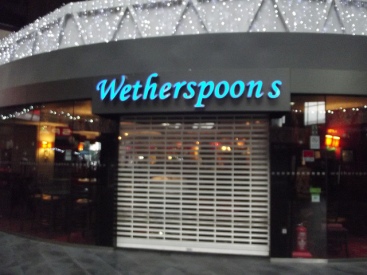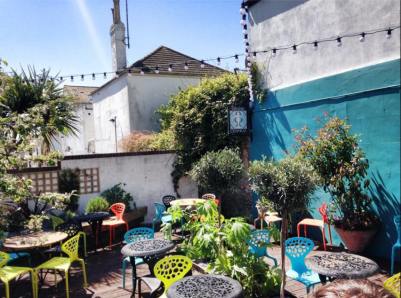What is a flâneur? If you guessed a piece of cooking equipment, you’d be wrong.
Merriam Webster describes a flâneur as an “idle man-about-the-town”, but I prefer the Oxford Dictionaries version: “A man who saunters around observing society.”
Leaving aside the obvious gendered-ness of these descriptions (the word originated in the 19th century French literary scene, which was probably a bit of a sausage-fest), I rather like the concept of the flâneur – at least, I can see how it relates to my own life.
Living in Brighton is a bit like living in a giant piece of performance art. The other thing I can compare it to is a sprawling orchestral production, where there is no conductor and everyone is playing from different sheet music.
But it’s not just the brash, city-centre hubbub that I’ve come to love as a Brightonian – its the contrast between this and the forgotten corners of the city.
As a student at one of the city’s universities, and then as a freelance writer getting screen burn, I would often cast out into the streets to walk off my nerves and shake off the cabin fever.
My favourite thing was to pick a general direction and let my feet choose the way, not caring whether I got lost. I found that the most interesting side to Brighton – and probably any city – was the bits that the tourists don’t see.
Seeing a glimpse of a swing set in a back-garden, hearing snatches of a band rehearsal, or suddenly inhaling a gust of marijuana smoke, there was something heart-achey about all these lives going on completely separately to my own.
It felt like a return to those teenage years when you start to realise just how enormous the world is, and don’t know whether to react with hope or fear.
Yet, as much as I adore my adoptive home city, I’ve come to realise that Brighton can make people feel very lonely. The vivacity of the city can leave you feeling like a spectator, always struggling to catch up.
The cafe culture, the myriad pubs, they beckon. “If only you had more money,” they say. “If only you had more free time, and you knew more people, and perhaps had better clothes – you could be having more fun.”
One good thing about having children is that it tends to distract you from this type of thinking. I’m happy to say that I’m no longer trying (and miserably failing) to keep up with everything the city has to offer.
But I still take the pram out every now and again to remind myself of what life felt like in that moment. The flâneur in me is not yet done with Brighton.










